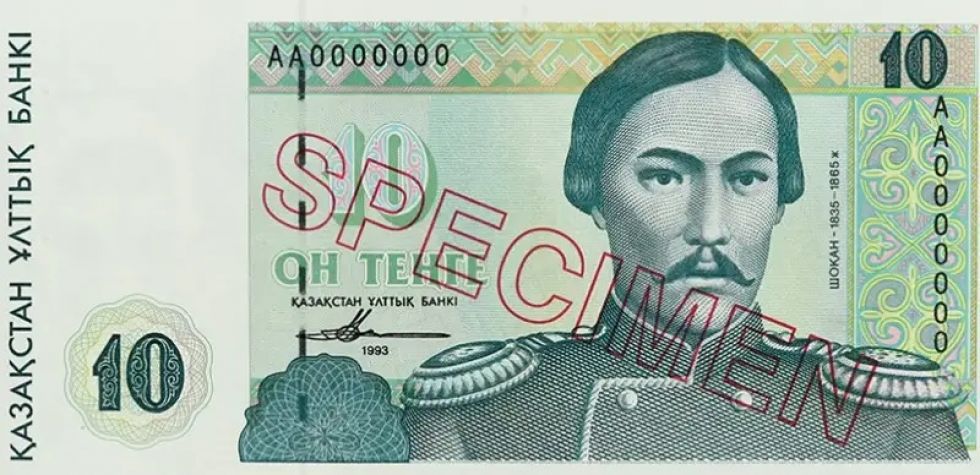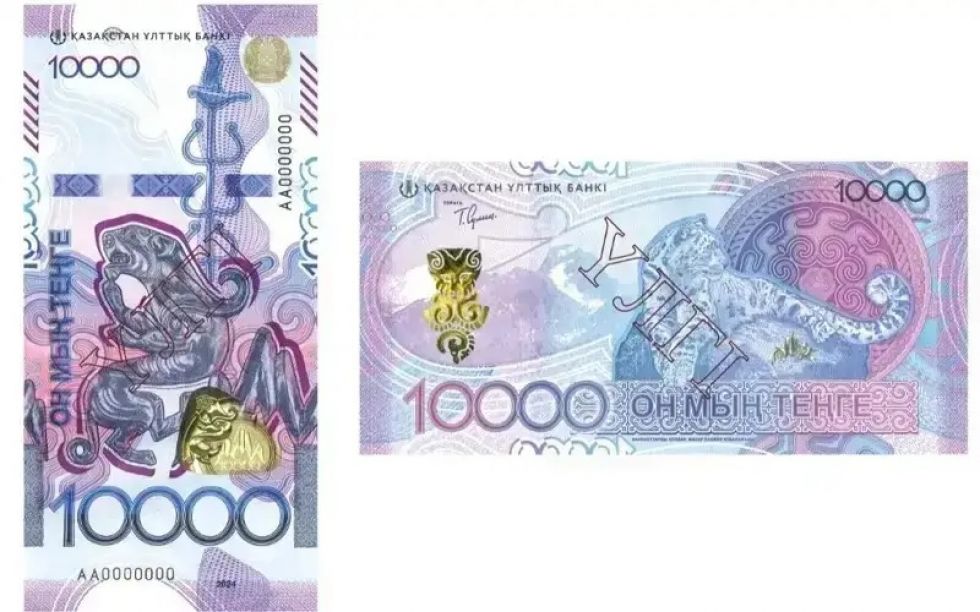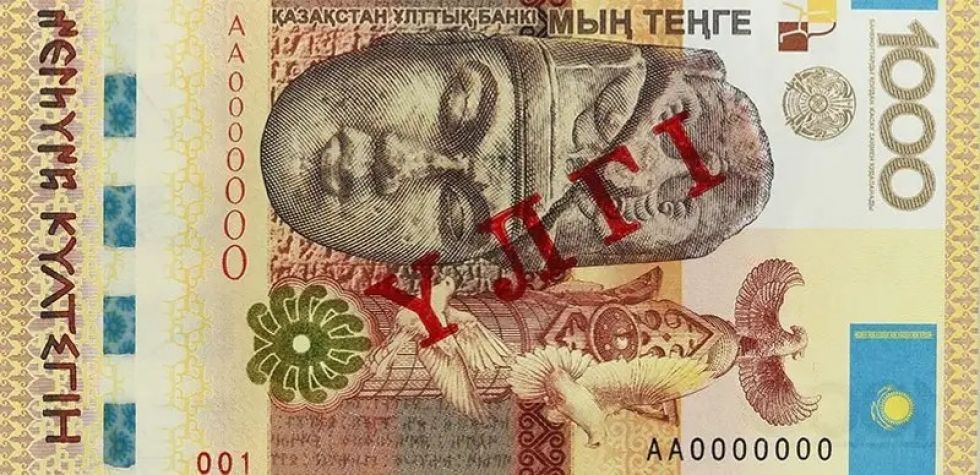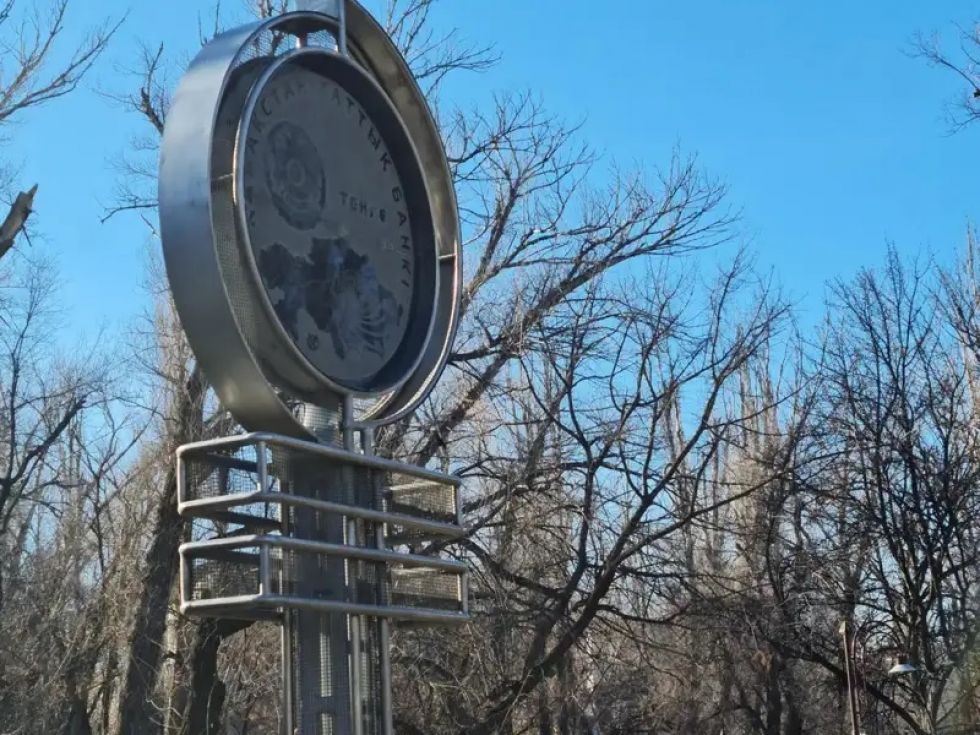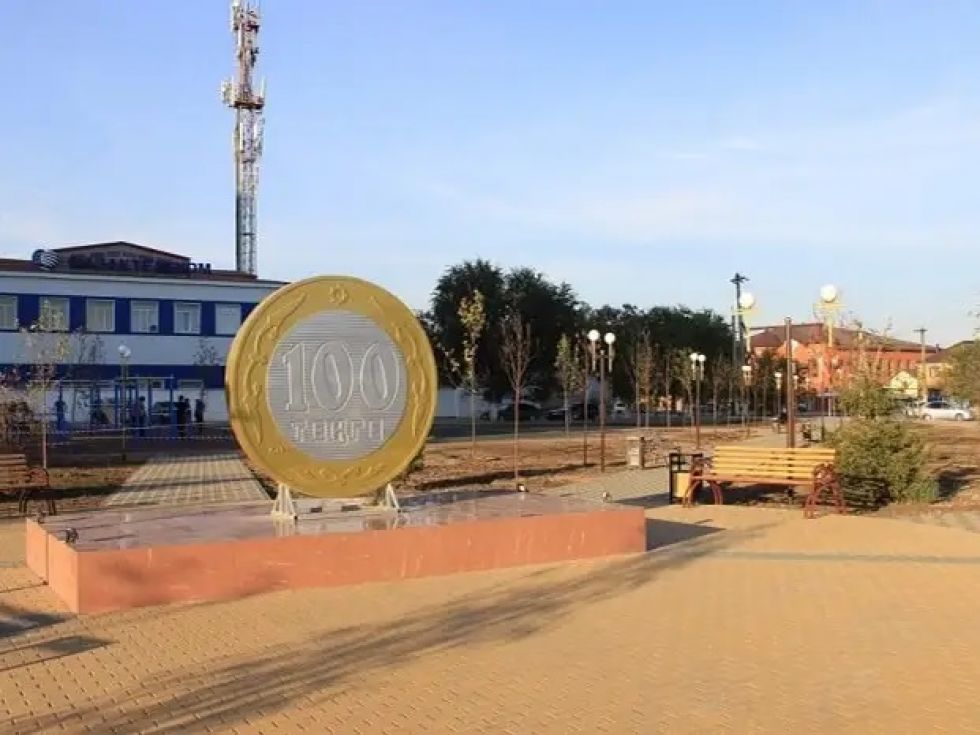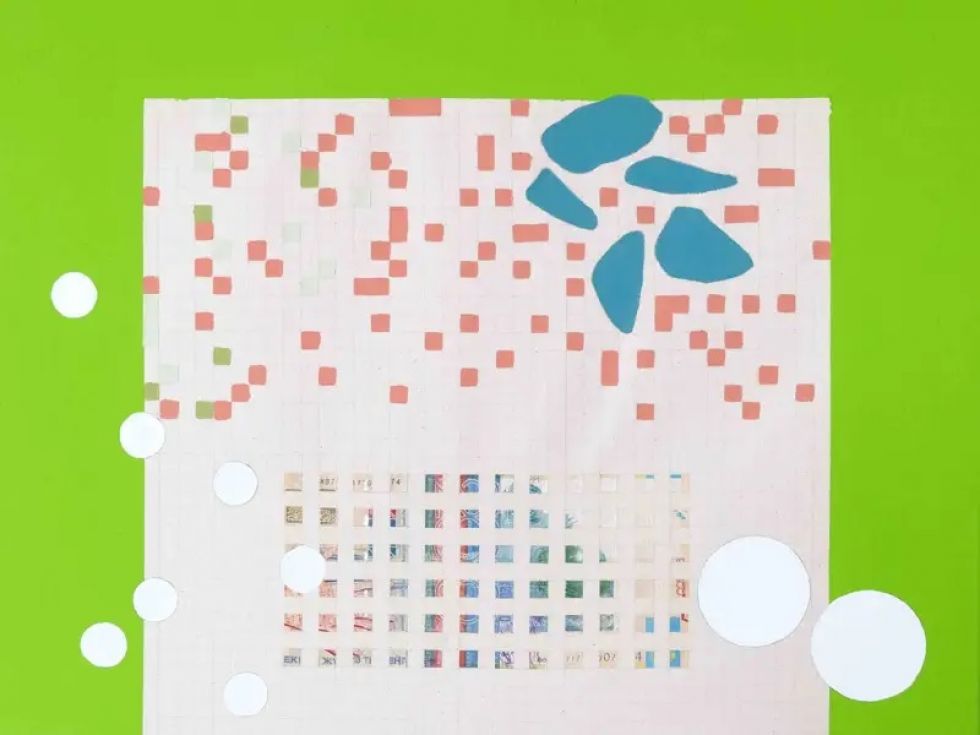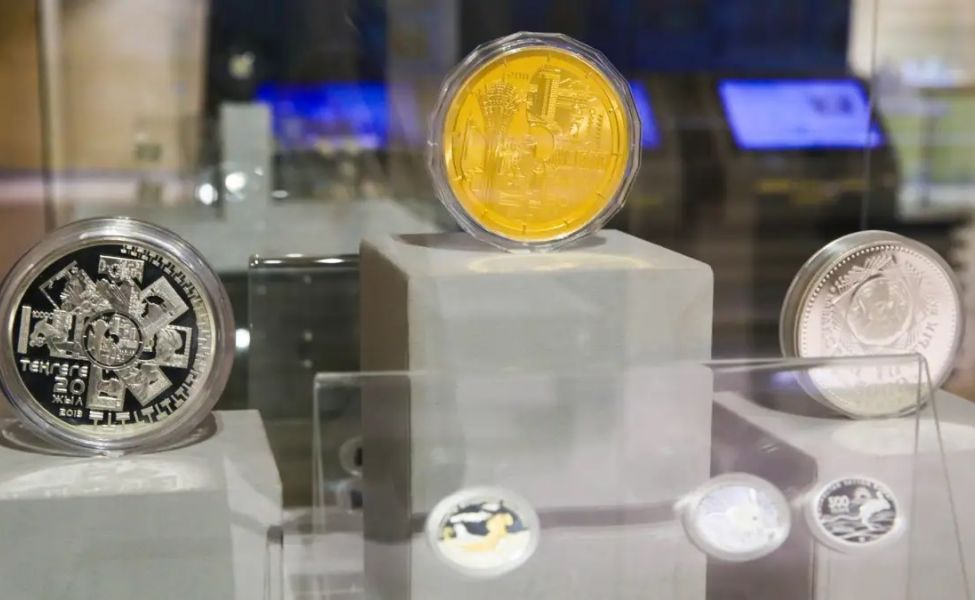
The national currency has also found a place in visual art
The Kazakh tenge entered circulation on November 15, 1993, and this date has since become an official holiday known as The Day of National Currency. Kazinform News Agency invites readers to explore the rich history, cultural significance, and artistic expressions of the tenge.
Historical and cultural symbolism of tenge
The name "tenge" goes back to the medieval Turkic silver coins "tanga" or "denge". When discussing the name for the new currency, "som", "aksha" and "altyn" were also considered, but the choice fell on "tenge". The bank code of tenge is KZT, and the symbol is ₸.
Throughout the history of Kazakhstan's national currency, five series of the tenge have been introduced.
The English company Harrison & Sons printed the first series of banknotes, ranging from 1 to 100 tenge. Completing this project required 18 secret flights on four IL-76 aircrafts to transport the new currency from London to Kazakhstan. The project earned the company international recognition and the Queen of Great Britain’s Gold Badge for the best export product.
The first banknotes of Kazakhstan depicted cultural and historical figures: al-Farabi, Abai Kunanbayuly, Shoqan Walikhanov, Ablai Khan and others.
First 10 tenge banknote, Shoqan Walikhanov. Photo credit: National Bank of Kazakhstan.
The second series was called "Al-Farabi". The third generation of the national currency called "Baiterek" was released in 2006. The fourth generation is the "Samruk" series. The front side of the banknotes depicts the "Kazakh Eli" monument and flying doves. The new series is based on elements of the "Saka style" and reflects the heritage of Kazakhstan.
New 10000 tenge banknote, specimen. Photo credit: National Bank of Kazakhstan.
Tenge achievements
Kazakhstan won its first International Bank Note Society (IBNS) award in 2011 with the 10,000 tenge banknote commemorating the 20th anniversary of the country's independence. The second award came in 2012 with the release of the 5,000 tenge banknote.
Kazakhstan's commemorative 1,000 tenge banknote featuring the ancient Turkic commander Kultegin won the “Best Banknote of 2013” award, setting a world record as the first country to win three consecutive years in IBNS history.
1,000 tenge banknote, specimen. IBNS winner of 2013. Photo credit: National Bank of Kazakhstan.
The tenge competed alongside the new US $100 bill, the updated €5 note, a commemorative 100 Russian ruble note honoring the Sochi Olympics, and nine other banknotes, all meeting high international standards. In the end, the Kazakhstani 1,000 tenge note was selected as the winner.
Tenge in art
The first monument to Kazakhstan's national currency, the tenge, was established in 2013 in Taraz. Taraz was chosen as the monument’s location because it was the city from which the currency was initially distributed to all regions of Kazakhstan.
Tenge monument in Taraz. Photo credit: Galina Skripnik / Kazinform.
Another art object dedicated to the 100 tenge coin was installed in Aktobe in 2017 on the financiers' park. In the same year, it appeared in Uralsk on Dina Nurpeisova Street. This monument is a gift to the city's residents and guests from the Uralsk banking sector in honor of the "City Day".
100 tenge coin. Aktobe. Photo credit: Rayana Kulbekova / baigenews.kz.
The national currency has also found a place in visual art. For instance, British artist Andrew Wenrick created an abstract piece using the 200 tenge banknote, describing it as a small experiment in discovering patterns within randomness.
AO_Kazakhstani Tenge by Andrew Wenrick. Photo credit: Andrew Wenrick / wasinwhy.com.
Tenge in literature
Foreign researchers are taking an interest in the tenge as well. Turkish writer Omer YALCINKAYA, for example, has published a book on Kazakhstani banknotes, providing a detailed exploration of the cultural significance behind their designs and symbols.
“I have been a professional expert and collector of world banknotes for over 40 years. I wrote a book about banknotes of Kazakhstan, which was published in Kazakh, Russian and English. In this book, I tried to show the world how Kazakhstan is becoming a world leader. After my book was published, Kazakhstan won the IBNS award two more times,” notes Yalcinkaya.
Photo credit: Viktor Fedyunin / Kazinform.
YOU CAN SHARE YOUR OPINION AND DISCUSS THE ARTICLE ON OUR TELEGRAM CHANNEL!



